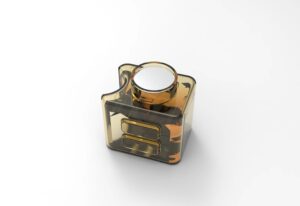Disposable Vape Pods Oil Core Separation Technology: Revolutionizing Vaping Experience
In the dynamic world of vaping technology, disposable vape pods oil core separation technology stands out as a significant innovation, enhancing the vaping experience and ensuring optimal utilization of vape oils. This article explores the mechanics of this technology and its numerous benefits.

Understanding the Technology
Disposable vape pods with oil core separation technology incorporate an advanced system designed to optimize the use of vape oils. The technology is based on the principle of separating the vape oil from the air path, thereby ensuring a purer and more consistent vapor quality.
Key Components and Mechanism
The technology primarily involves:
- Oil Reservoir: Stores the vape oil.
- Separation Chamber: Separates the oil from the air path.
- Airflow System: Directs air through the pod, avoiding direct contact with the oil.
- Wicking System: Efficiently absorbs and vaporizes the oil.
The process starts with the user’s inhalation, triggering the airflow system. Air passes through the pod, bypassing the oil reservoir. The wicking system then draws the appropriate amount of oil, ensuring a balanced and efficient vaporization process.
Advantages of This Technology
1. Enhanced Flavor and Purity: Separating the oil from the air path prevents contamination and maintains the purity of the flavor.
2. Efficient Utilization of Oil: Minimizes waste by ensuring optimal use of the vape oil.
3. Leak Prevention: Reduces the chances of leakage, a common issue in traditional vape pods.
4. Consistent Vaping Experience: Provides a more consistent vapor production over the lifespan of the pod.
5. Convenience and Portability: The disposable nature of these pods offers ease of use and portability.
Applications and Future Prospects
This technology is rapidly gaining popularity in the vaping industry, particularly among users who prioritize flavor purity and convenience. The future of disposable vape pods with oil core separation technology looks promising, with potential advancements leading to even more efficient and user-friendly designs.
